Will King Charles III Be “The Flower King?”
By Jill Brooke
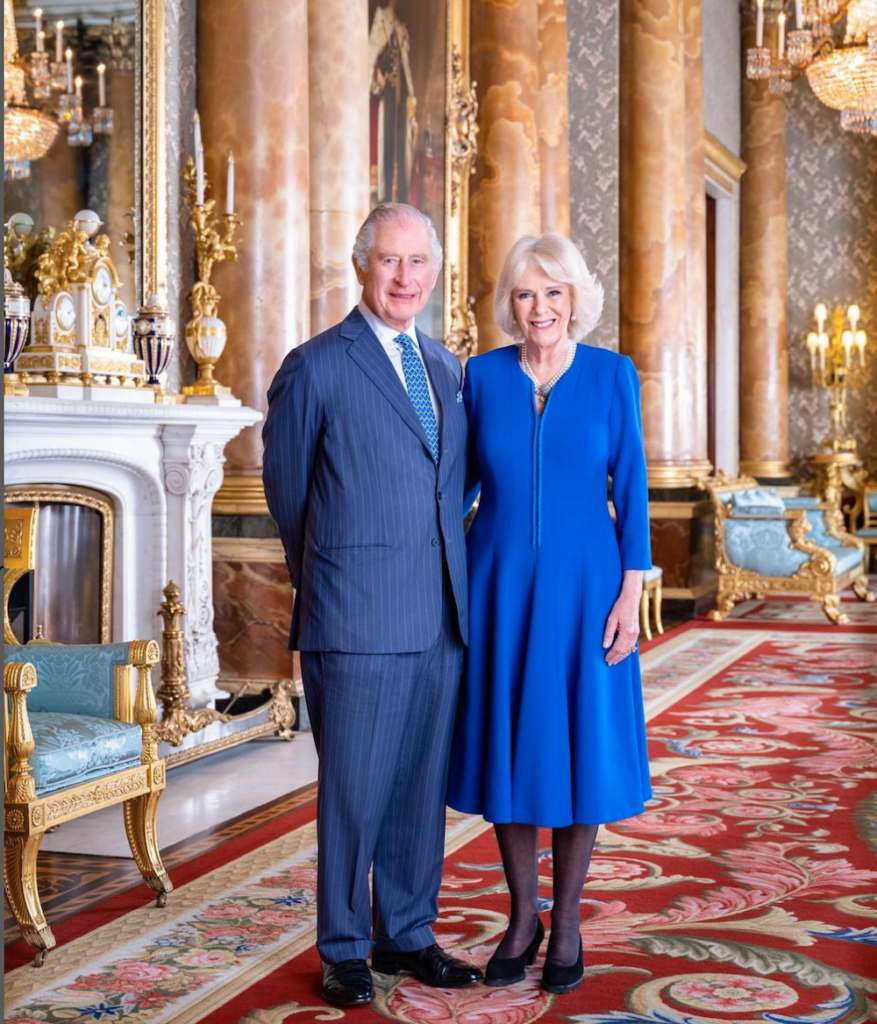
When you are an aging 74-year-old King whose popularity is lower than your son Prince William, it’s really helpful to be attached to something relatable to the younger generation.
For King Charles III, whose coronation occurs May 6th, that relatable topic is organic gardening and his championing of sustainable practices long before it was cool.
Starting in 1985, he turned the property of Highgrove House into a laboratory for sustainable farming, receiving certified organic status in 1994.
Floristry is one of King Charles’ passions which is why so many eagerly await to dissect all the symbolism of the flowers chosen at what will be England’s first coronation since his mother, Queen Elizabeth, in 1953. (Queen Victoria popularized examining the symbolism of flowers in the 1800s, and the Brits consider this a fun sport).
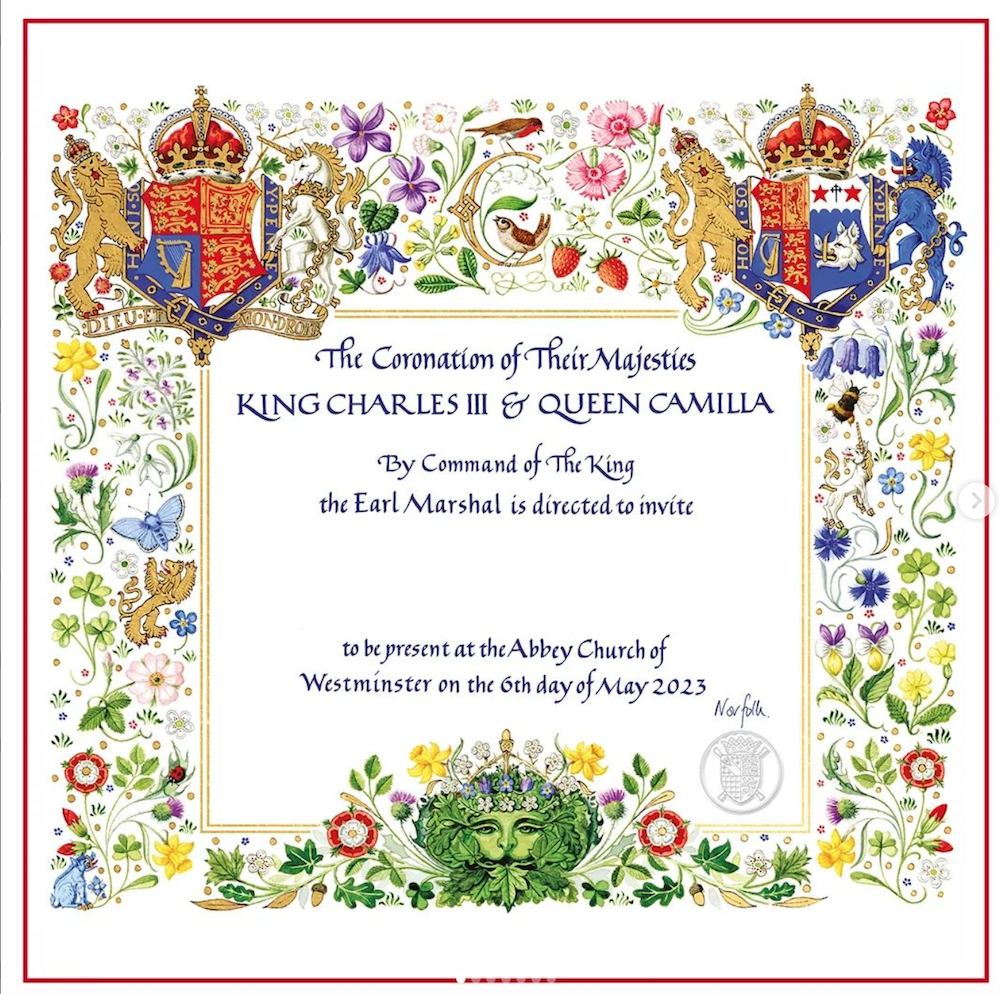
Already hints of Charles’ passions were planted in the coronation invitation, which was printed on recycled cardboard. All four national flowers were sprinkled into the hand-drawn watercolor design: the Welsh daffodil, the Scottish thistle, the Irish shamrock and of course, the English rose.
The design’s lively fantasy garden was filled with fluttering butterflies, bluebells and bees, cornflowers, acorns and an array of meadow flowers, strawberries and dancing leaves. Also included was a figure from British folklore called the Green Man, which symbolizes the rebirth of spring, as well as the iconic lily of the valley.
The dainty lily of the valley was Queen Elizabeth’s favorite flower and also part of her coronation bouquet seventy years ago.
King Charles’ favorite flower, as he announced at the famed Chelsea Flower Show in 2020, is the delphinium.
“For me, the magnificent, gloriously appareled delphinium, with its impeccable bearing and massed in platoons, holds pride of place in my botanical affections,” he told a reporter at the Telegraph.
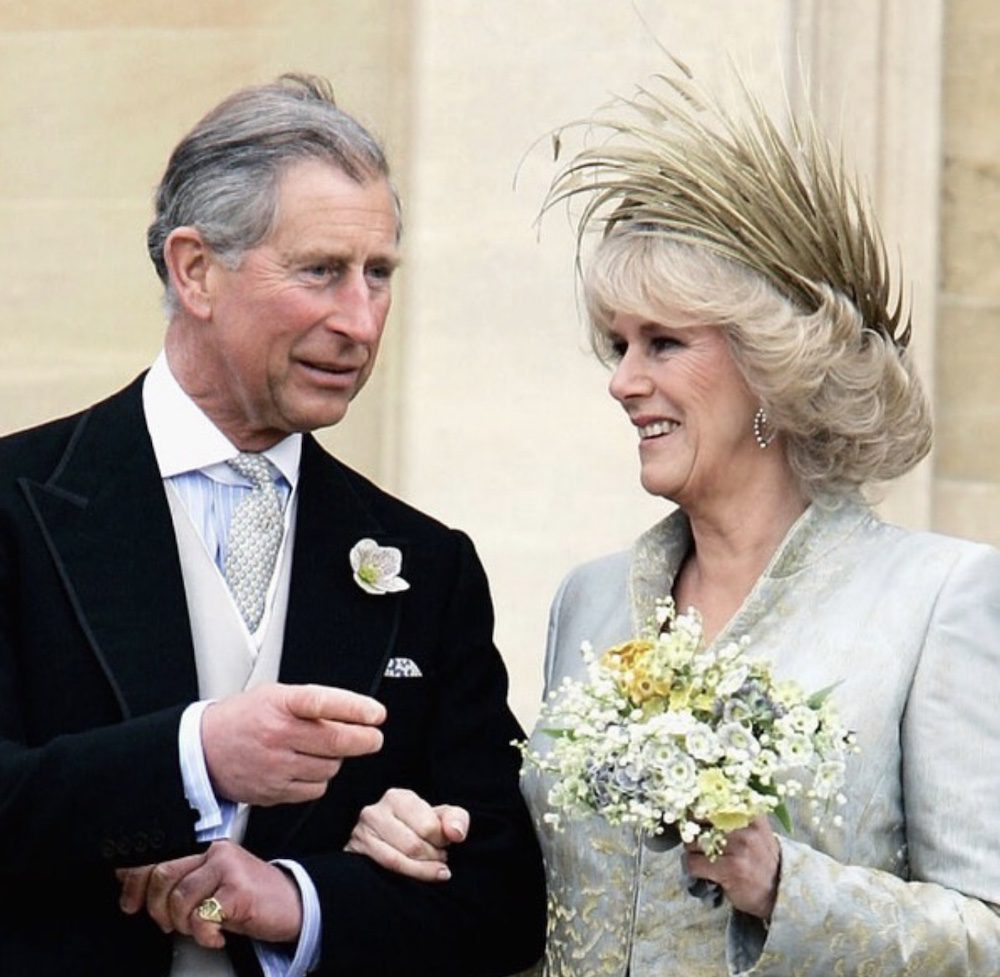
But he also likes the hellebore. It was the flower on his lapel when he married Queen Camilla in 2005.
The uber-talented Shane Connolly, who is creating sustainable arrangements for the Coronation tomorrow, shared how hellebores will be part of the installations. Other flowers to look out for are ‘tulips, ranunculus, blossom, and aquilegia, which is an ancient symbol of the Holy Spirit, with foliage of rosemary, birch, bay and hazel, and wild broom grown on the Isle of Skye.”
How wonderful that his team has collected over 120 varieties of flowers which have been grown by over 80 members of Flowers from the Farm, a non-profit association that champions artisan growers.
“The arrangements, designed by Shane Connolly, will reflect Their Majesties’ deep affection for the natural world and their shared passion for gardening, and showcase the best of the British countryside in the Spring,” the group says. “The flowers and foliage will be arranged using sustainable techniques, without the use of single-use plastics or floral foam.”
Pundits and flower experts like myself are predicting that the delphinium, which symbolizes both goodwill and remembrance, will also be part of the floral displays along with the lily of the valley.
Furthermore, the floral demands King Charles implemented at Queen Elizabeth’s funeral also bode well for connecting to younger demographics.
At the funeral, King Charles made sure to use sustainable practices on the Queen’s casket so no floral foam was used – which isn’t bio-degradable. Instead, moss and sticks were used to support the pink and purple flower theme.
He also asked that well-wishers not leave flowers wrapped in plastic in honor of the Queen, and encouraged paper and compostable packaging for all mementos.
He also helped facilitate that the flowers were recycled. It was announced that Floral Angels will do that task for the coronation. Furthermore, organic flowers are being gathered from around the country – no easy feat – to be part of Charles’ green mission. Flowers from the Farm is one of the places that are “honored to present the gift of local, sourced, sustainable flowers to Their Majesties King Charles III and Queen Camilla on their Coronation,”
So expect sustainably-designed flowers in urns, installations, and on tables.
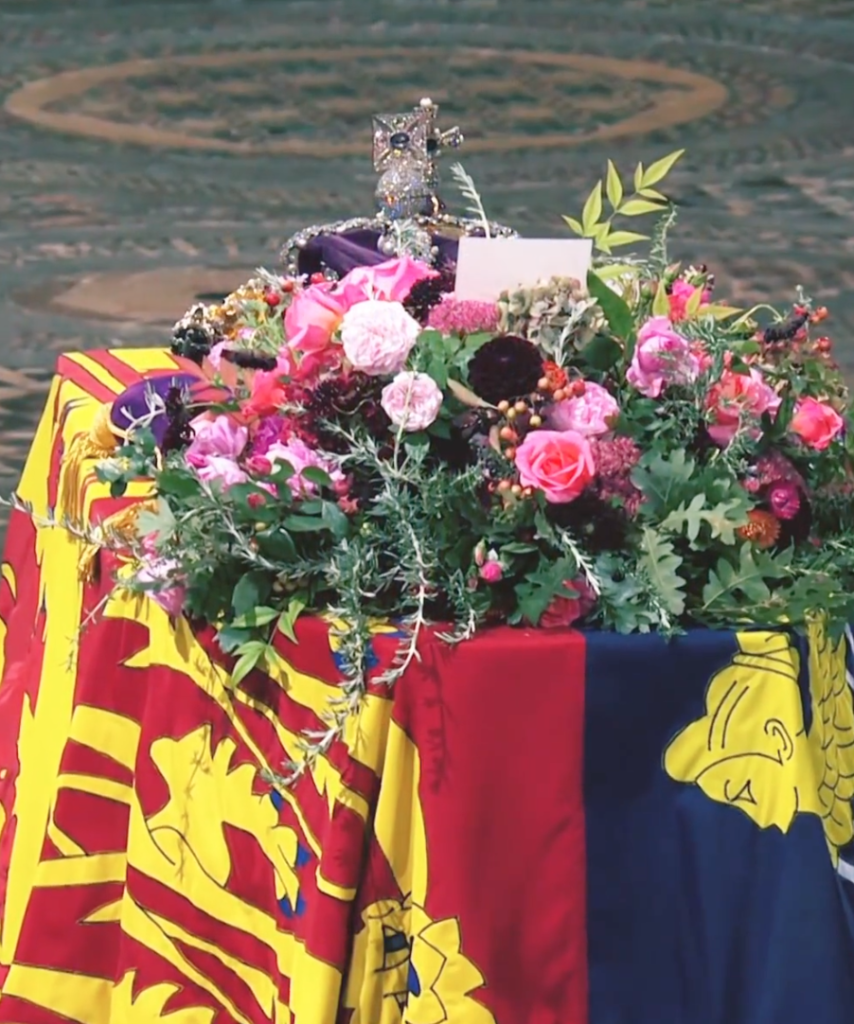
For his mother’s funeral, King Charles chose deep burgundy scabiosa, pink-toned sedum, geraniums, and lush bright roses for the funeral casket. There was myrtle in there too since all Royal wedding bouquets have this plant dating back to Queen Victoria. It symbolizes happy marriages.
The color scheme is shrouded in mystery but since the invitation had pastoral meadow-like flowers, many expect a less formal tightly clustered English design and more branches, greens and wispy airy flowers.
There is no doubt that the King’s commitment to environmental practices will be reflected in his choices, which also is a map of how he will lead – and possibly prosper.
Flowers have historically been both a beautiful and effective way for monarchs to message their vision.
It has been widely reported that national florists’ associations, along with historians, National Heritage experts, and King Charles’ private gardeners, etc are all part of the consultations for the big event.
To succeed, King Charles needs the support of the younger generation – especially when polls indicate that while 78% of people over 65 were supportive of the monarchy, only 32% of 18-24-year-olds backed the monarchy. Perhaps being the “Flower King” and his championship of ecology and environmental reform can not only root him to the public but help modernize the monarchy.
The two-hour proceedings start at 11 a.m. which in the U.S. is 5 a.m. EST and 2 a.,m. PT.
Live TV streaming platforms in the U.S., including DIRECTV, Hulu + Live TV will also carry the coronation ceremony as well as the networks which plan on giving blocks of time to the historic event.
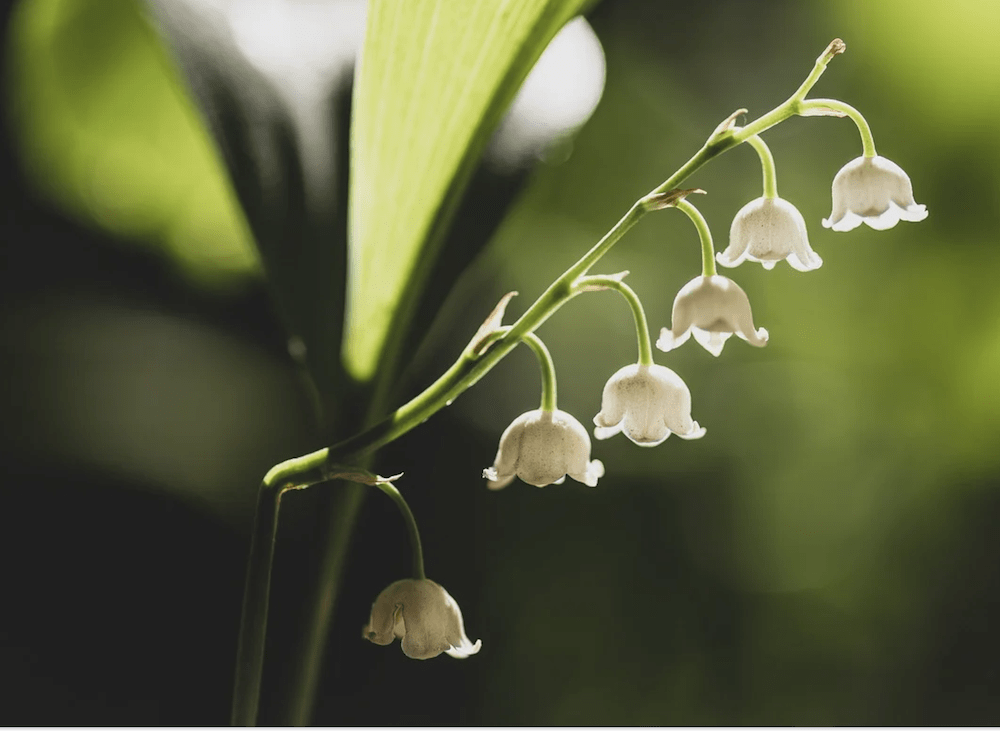
Jill Brooke is a former CNN correspondent, Post columnist and editor-in-chief of Avenue and Travel Savvy magazine. She is an author and the editorial director of FPD and a contributor to Florists Review magazine.
Photo Credit: The Royal Family Instagram
